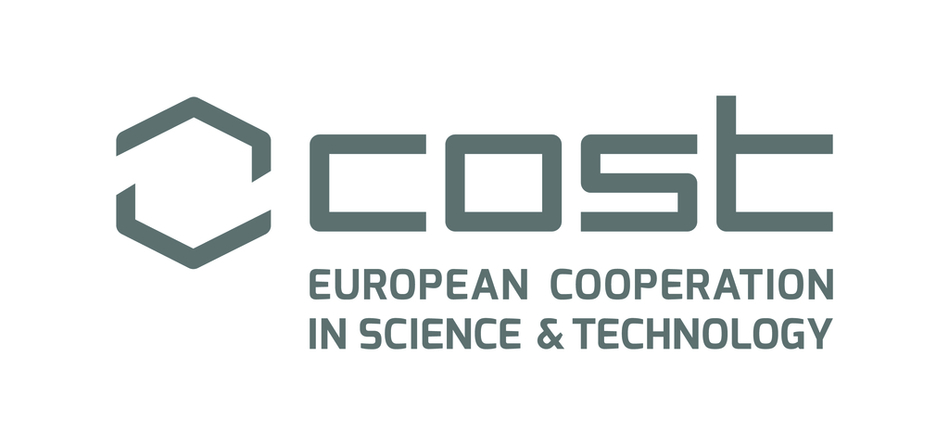 An information meeting on European Cooperation in Science and Technology (COST) Actions will be held online on 18 February (10:00-11:45 CET). The event is addressed in particular to young researchers interested in establishing international cooperation. The following issues will be discussed during the meeting:
An information meeting on European Cooperation in Science and Technology (COST) Actions will be held online on 18 February (10:00-11:45 CET). The event is addressed in particular to young researchers interested in establishing international cooperation. The following issues will be discussed during the meeting:
- rules for participation in COST,
- ways to join existing research networks,
- procedures for submitting your own projects,
- benefits of participating in the programme.
More information about the action was provided by Prof. dr hab. Barbara Klajnert-Maculewicz from the Department of General Biophysics, Faculty of Biology and Environmental Protection, University of Lodz, representing Poland in the COST Scientific Council for the term 2024-2027.
What is COST ?
It is a European programme that supports scientific and research cooperation. It allows scientists and experts from different countries to create research networks, exchange knowledge and implement projects. COST finances activities such as meetings, workshops, conferences, short-term research trips, facilitating interdisciplinary and international cooperation.
What was your role in the COST Actions?
I have applied twice as a coordinator, and then after these projects received funding, I was a Chair in two actions, coordinating their activities. Now I represent Poland in the COST Scientific Council for the term 2024-2027.
What activities carried out as part of the action did you participate in?
I have taken part in various initiatives organised as part of COST, including international meetings and conferences, where I could present my research and exchange experiences with other specialists. As a member of the Scientific Council, I observe the whole process from the other side. I see the effort of the COST office in the process of assessing applications and monitoring the effects of the implemented activities. It is an interesting experience.
What benefits did you get from participating in the COST Actions?
The participation in the COST Actions resulted in many professional benefits. I have expanded my knowledge, gained valuable experience in international work. I have established cooperation with experts from different countries, which opened the door to new research projects and grants.
What can participants who are taking part in the COST Actions for the first time be afraid of?
The participation in the COST Actions is all about benefits. Only at the application stage can you have concerns about whether the effort will pay off. The success rate is low, sometimes, depending on the number of applications in a given competition, less than 10%. However, it should be remembered that you can also join COST Actions by browsing the list of new initiatives that have been awarded funding and searching for those that match your interests.
What were your fears before taking part in COST and did they come true?
When undertaking the coordination of the campaign, I had concerns about the administrative formalities, but these proved to be unnecessary. I received very professional support from the University of Lodz Science Centre.
What was the biggest surprise for you?
How quickly valuable contacts can be made and real cooperation can begin came as the biggest surprise to me. COST is not just a theoretical meeting, but a platform for dynamic actions and implementation of ideas. Collaborations that were established more than a decade ago, during the first action I coordinated, have continued to this day.
Is it worth taking part in the COST Actions – what would you say to other scientists to encourage them to participate?
It is definitely worth it! COST is a unique opportunity to develop a scientific career, aquire new skills and meet inspiring people. Thanks to the action, you can get involved in international research, increase your recognition in the academic community and find new paths of development. It's a great investment in the future!
Information meeting (online): 18 February 2025 between 10:00 a.m. and 11:45 a.m.
To participate in the meeting, you need to fill in the form.
Source: Prof. dr hab. Barbara Klajnert-Maculewicz, Department of General Biophysics, Faculty of Biology and Environmental Protection, University of Lodz
Edit: Kamila Knol Michałowska, Promotion Centre of the Faculty of Biology and Environmental Protection, University of Lodz
